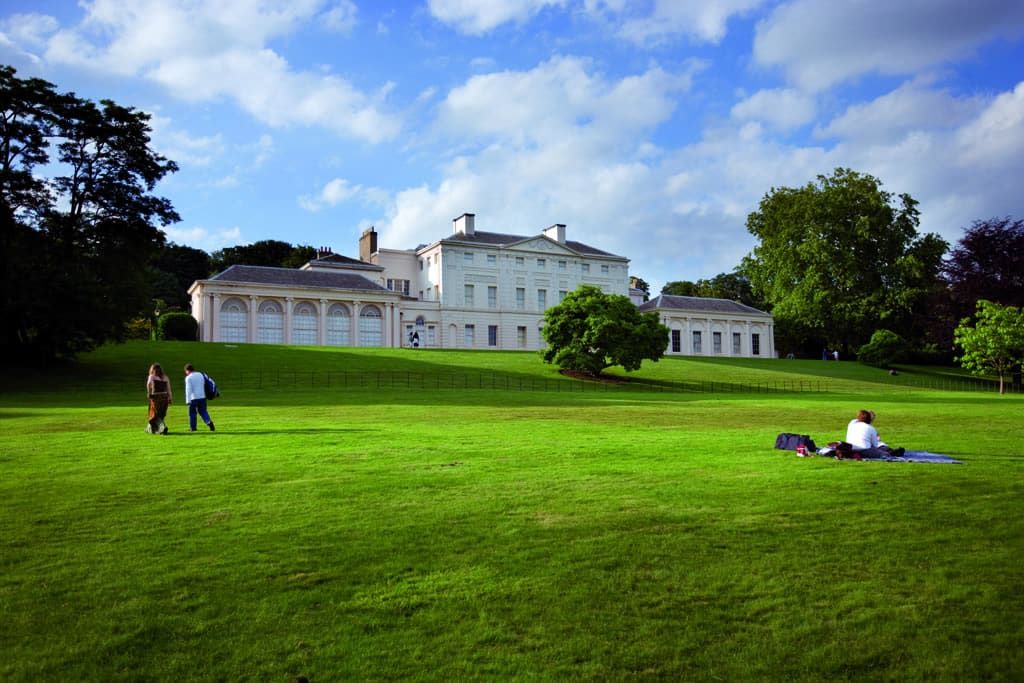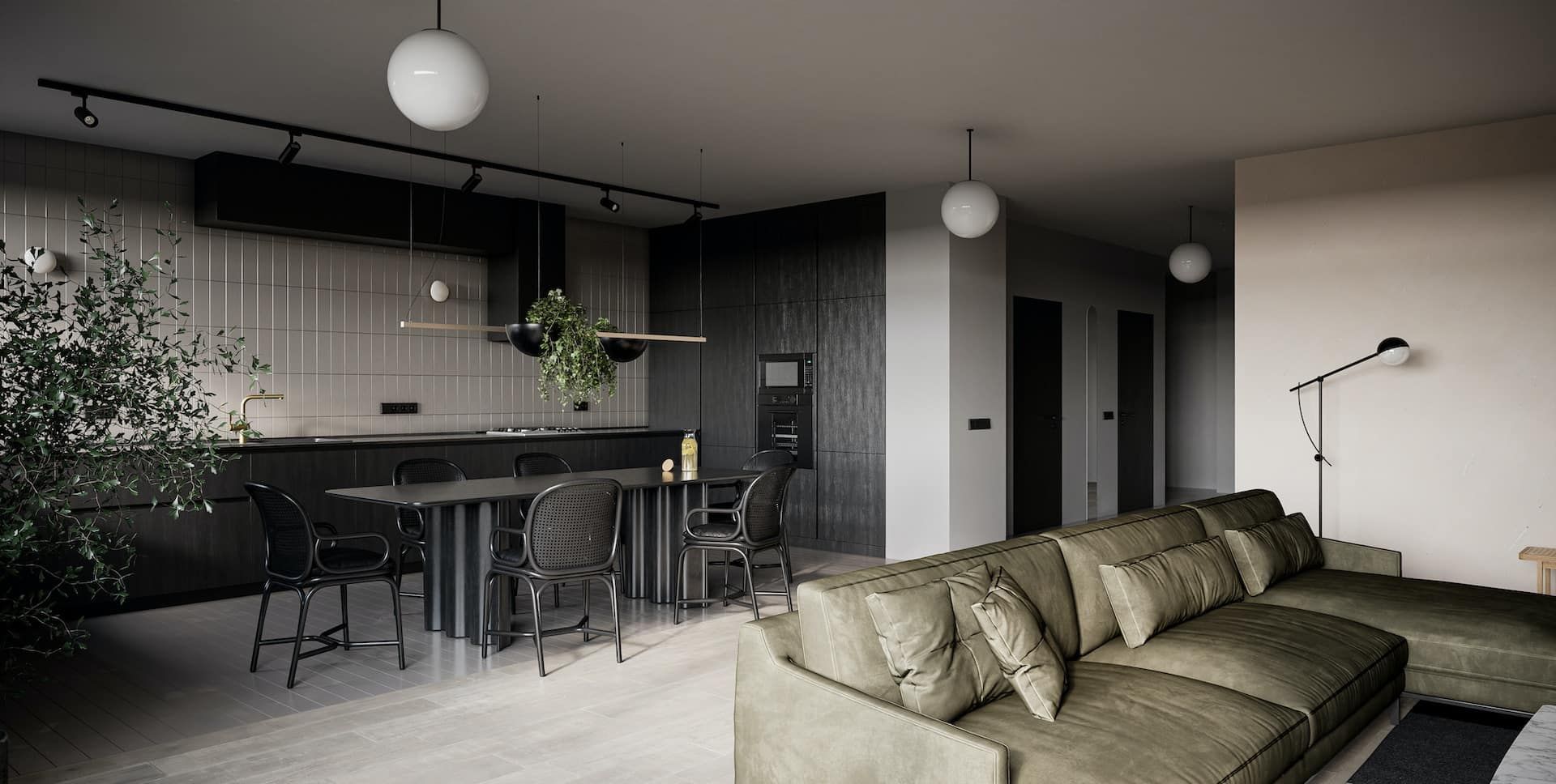Hampstead
Hampstead is part of the London Borough of Camden and it is known for its intellectual, liberal, artistic, musical and literary associations and for Hampstead Heath, a large, hilly expanse of parkland. It has some of the most expensive housing in the London area. The village of Hampstead has more millionaires within its boundaries than any other area of the United Kingdom.

Although early records of Hampstead can be found in a grant by King Ethelred the Unready to the monastery of St. Peter’s at Westminster (AD 986) and it is referred to in the Domesday Book (1086), the history of Hampstead is generally traced back to the 17th century. Hampstead started to expand following the opening of the North London Railway in the 1860s (now the London Overground with passenger services operated by Transport for London), and expanded further after the Charing Cross, Euston & Hampstead Railway opened in 1907 (now part of London Underground’s Northern Line) and provided fast travel to central London.
Much luxurious housing was created during the 1870s and 1880s, in the area that is now the political ward of Frognal & Fitzjohns. Much of this housing remains to this day.
Cultural attractions in the area include the Freud Museum, Keats House, Kenwood House, Fenton House, The Isokon building, Burgh House, and the Camden Arts Centre. The large Victorian Hampstead Library and Town Hall was recently converted and extended as a creative industries centre. The area is also home to the left-wing Labour magazine Tribune and the satirical magazine the Hampstead Village Voice. The local paid-for newspaper is the Hampstead and Highgate Express, known locally as the ‘Ham & High’. Hampstead is also covered by the borough-wide Camden New Journal. Since October 2008 the area has been represented on Camden Council by Liberal Democrat councillor Linda Chung, elected in a by-election to serve alongside Conservatives Kirsty Roberts and Chris Knight.
To the north and east of Hampstead, and separating it from Highgate, is London’s largest ancient parkland, Hampstead Heath, which included the well-known and legally-protected view of the London skyline from Parliament Hill. The Heath, a major place for Londoners to walk and ‘take the air’, has three open-air public swimming ponds; one for men, one for women, and one for mixed bathing, which were originally reservoirs for drinking water and the sources of the River Fleet. The bridge pictured is known locally as ‘The Red Arches’ or ‘The Viaduct’, built in fruitless anticipation of residential building on the Heath in the 19th Century.
Local activities include major open-air concerts on summer Saturday evenings on the slopes below Kenwood House, book and poetry readings, fun fairs on the lower reaches of the Heath, period harpsichord recitals at Fenton House, Hampstead Scientific Society and Hampstead Photographic Society.
Kenwood House
The largest employer in Hampstead is the Royal Free Hospital, Pond Street, but many small businesses based in the area have international significance. George Martin’s AIR recording studios, in converted church premises in Lyndhurst Road, is a current example, as Jim Henson’s Creature Shop was, before it relocated to California.
The area has some remarkable architecture, such as the Isokon building in Lawn Road, a Grand I listed experiment in collective housing, once home to Agatha Christie, Henry Moore, Ben Nicholson and Walter Gropuis. It was recently restored by Notting Hill Housing Trust.
Hampstead is well known for its traditional pubs, such as the Holly Bush, gas-lit until recently; the Spaniard’s Inn, Spaniard’s Road, where highwayman Dick Turpin took refuge; The Old Bull and Bush in North End; and The Old White Bear (Formerly Ye Olde White Bear). Jack Straw’s Castle on the edge of the Heath near Whitestone Pond at the brow of the Heath has now been converted into residential flats.
Hampstead’s rural feel lends itself for use on film; a notable example being The Killing of Sister George (1968) starring Beryl Reid and Susannah York. The opening sequence has Reid’s character June wandering through the streets and alleyways of Hampstead, west of Heath Street, around The Mount Square. The Marquis of Granby pub, in which June drinks at the opening of the film, was actually The Holly Bush, at 22 Holly Mount. Another example is The Collector (1965), starring Terence Stamp and Samantha Eggar, where the kidnap sequence is set in Mount Vernon. The 1986 fantasy film Labyrinth, starring Jennifer Connelly and David Bowie, was shot, in large part, in Hampstead Heath.
More recently Kenwood House is the set of the ‘film-within-the-film’ scene of Notting Hill (1999). Outdoor scenes in the Wedding Date (2005), starring Debra Messing, feature Parliament Hill Fields on the Heath, overlooking west London. Parliament Hill also features in Notes on a Scandal (2006) together with the nearby areas of Gospel Oak and Camden Town. Four Weddings and a Funeral (1994) features the old Hampstead Town Hall on Haverstock Hill. The cult film Scenes of the Sexual Nature (2006) was filmed entirely on Hampstead Heath, covering various picturesque locations such as the ‘Floating Gardens’ and Kenwood House.
Hampstead has a major bus terminus known as Hampstead Heath located in South End Green. In most frequent service is Route 24 which for over 100 years has linked this area with the West End, Victoria and Grosvenor Road in Pimlico. Bus routes that currently serve Hampstead are: 24 46 168 210 268 603 C11 and N5.
The nearest London Underground stations are Hampstead and Belsize Park on the Northern Line and Swiss Cottage on the Jubilee Line. The stations are within Travelcard Zone 2. Hampstead is the boundary with Travelcard Zone 3. Construction of North End tube station was started but not completed.


